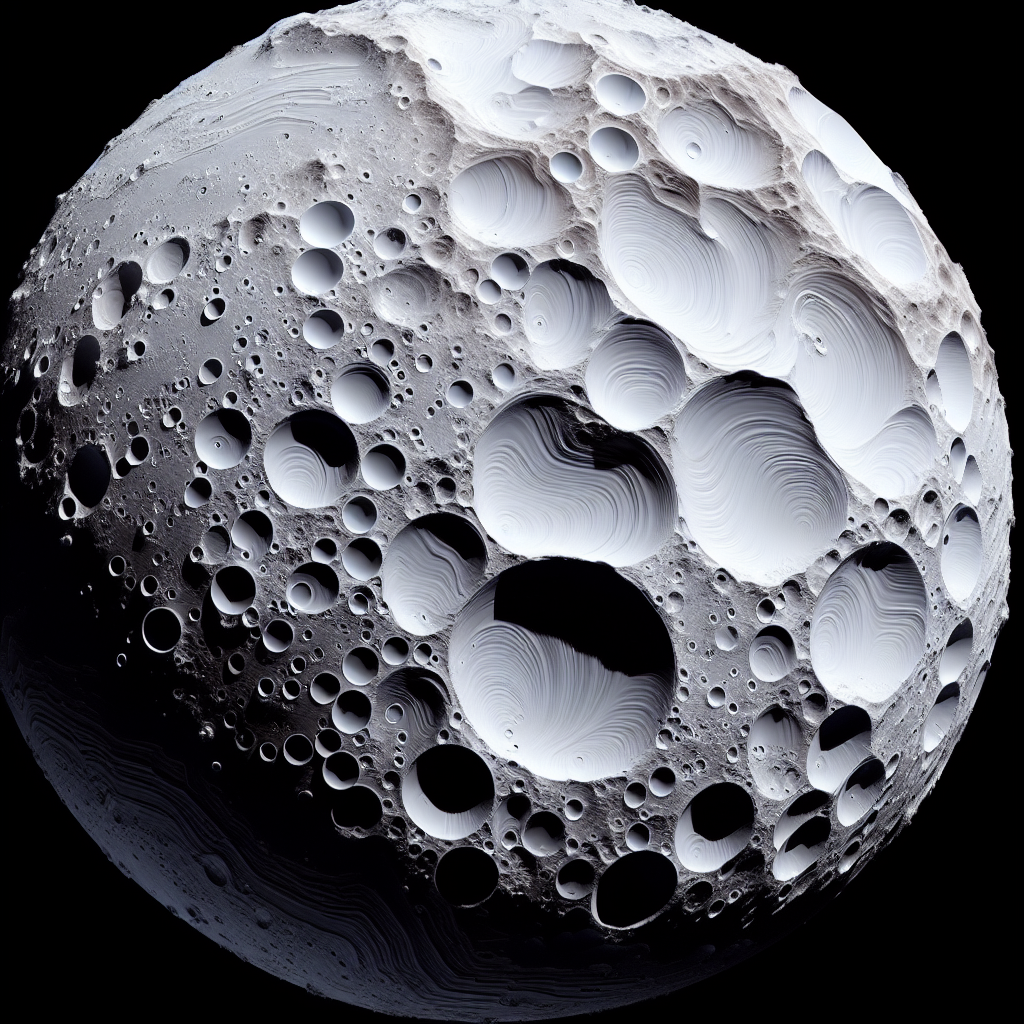Mimas, not just a pile of cosmic rubble, is one of Saturn's fascinating moons that gives science fiction fans and scientists alike something to marvel about. Discovered by the English astronomer William Herschel in 1789, this moon is renowned for its striking resemblance to the Death Star from Star Wars—a pop culture parallel that fuels its mystique among Gen Z and beyond.
Mimas is small by celestial standards, sized at approximately 246 kilometers in diameter, and it's composed mostly of ice, with just a smattering of rock. Orbiting Saturn at an average distance of about 185,520 kilometers, it’s the innermost of Saturn’s major moons. With its surface marked by enormous impact craters and ridges, Mimas spins its own tale from an ancient time when the solar system was a wild, bombardment-filled place. The largest crater, Herschel, is 130 kilometers wide and 10 kilometers deep, punctuating its landscape like a cosmic scar.
The beauty and enigma of Mimas lie in these marks, echoing the violent history of our solar system. Its similarity to fictional spacecraft is entertaining and thought-provoking, but it also provides valuable insights into the life and development of celestial bodies. Mimas’ surface is a frozen gallery of impacts, showing how the moon, created around when the Earth was just a young planet, has endured the tests of time and cosmic collisions.
Despite its appearance, Mimas has surprised researchers with hints of an internal ocean below its cold surface. This potential makes it an exciting possible host for some form of life, a concept both mind-boggling and exciting. Some scientists speculate about the possibility of discovering microbial life forms, hidden deep beneath the ice, living off heat from the moon's core—if an ocean exists. Though there's no concrete evidence yet, this speculation pushes researchers to keep digging, literally and figuratively, to better understand these celestial secrets.
Mimas exemplifies how a small moon can have a big impact on what we know about planetary science. It's a perfect conversation starter for those intrigued by both space exploration and adorable pop culture references. Imagine a world where Mimas is more than just icy orbs in the sky. Where exploration missions unlock its mysteries, revealing nuances that just might redefine what we know about life-sustaining environments beyond Earth.
Those who see space missions as costly are not forgotten. Acknowledging economic perspectives on space funding is essential. Critics argue that while exploring Mimas or other celestial bodies is compelling, funding should be prioritized for pressing issues on Earth like climate change, poverty, and healthcare. The challenge is finding the balance, determining how we can invest in our planet’s immediate needs while also expanding our understanding of space, fueling generations of dreamers who might solve those earthly problems through inspiration collected from worlds like Mimas.
Yet for many, the allure of space exploration is undeniable. The potential for scientific breakthroughs and the inspiration gained cannot be ignored. Supporters argue that resources devoted to such missions have historically spurred technological advances that trickled down into everyday life—from satellite technology evolving into GPS systems to materials science born out of space race necessities shaping today’s medical devices.
Mimas is a celestial reminder of how much there is left to discover. It underscores the importance of space exploration in understanding not just where we came from but potentially where we might one day go. Whether it is considered a distant icy relic or a futuristic portal to knowledge, the little moon offers endless questions waiting for answers.
The debate about prioritizing space exploration versus addressing more immediate issues on Earth is complex. As voices from different spectrums weigh in, it is clear that both sides aim for progress, albeit on different paths. Investing in understanding mysterious places like Mimas can uplift human curiosity, potentially unlocking secrets of life elsewhere and on Earth.
The study of Mimas is a tale of curiosity, scientific wonder, and the philosophical pondering of our place in the universe. It encourages thinking beyond our immediate surroundings, advocating for visions of future possibilities and a conscious effort to explore responsibly, considering all perspectives as humanity reaches for the stars.

